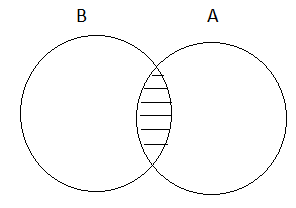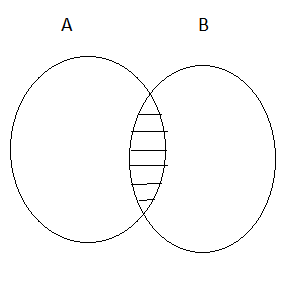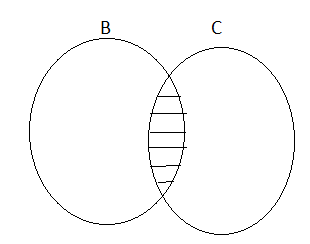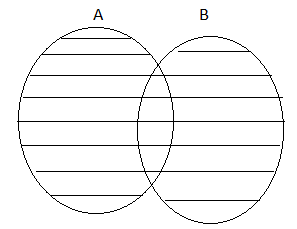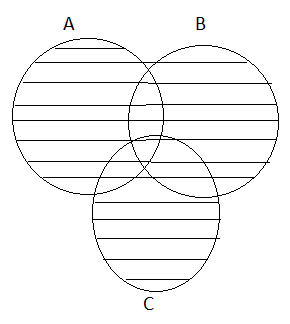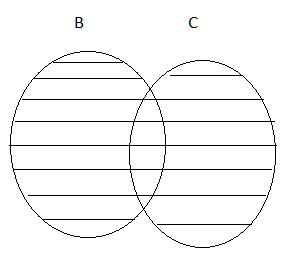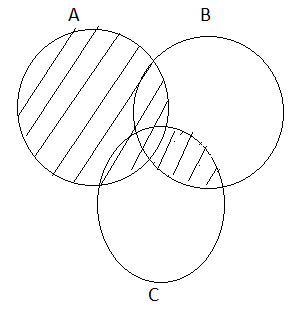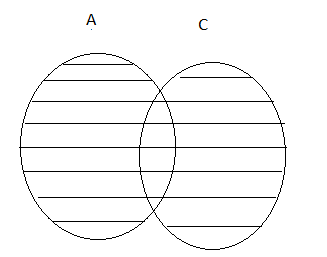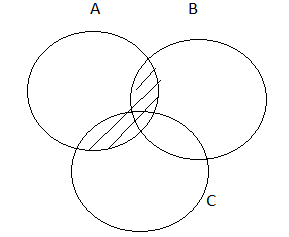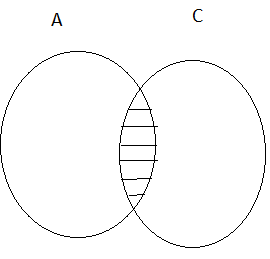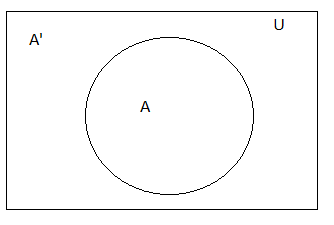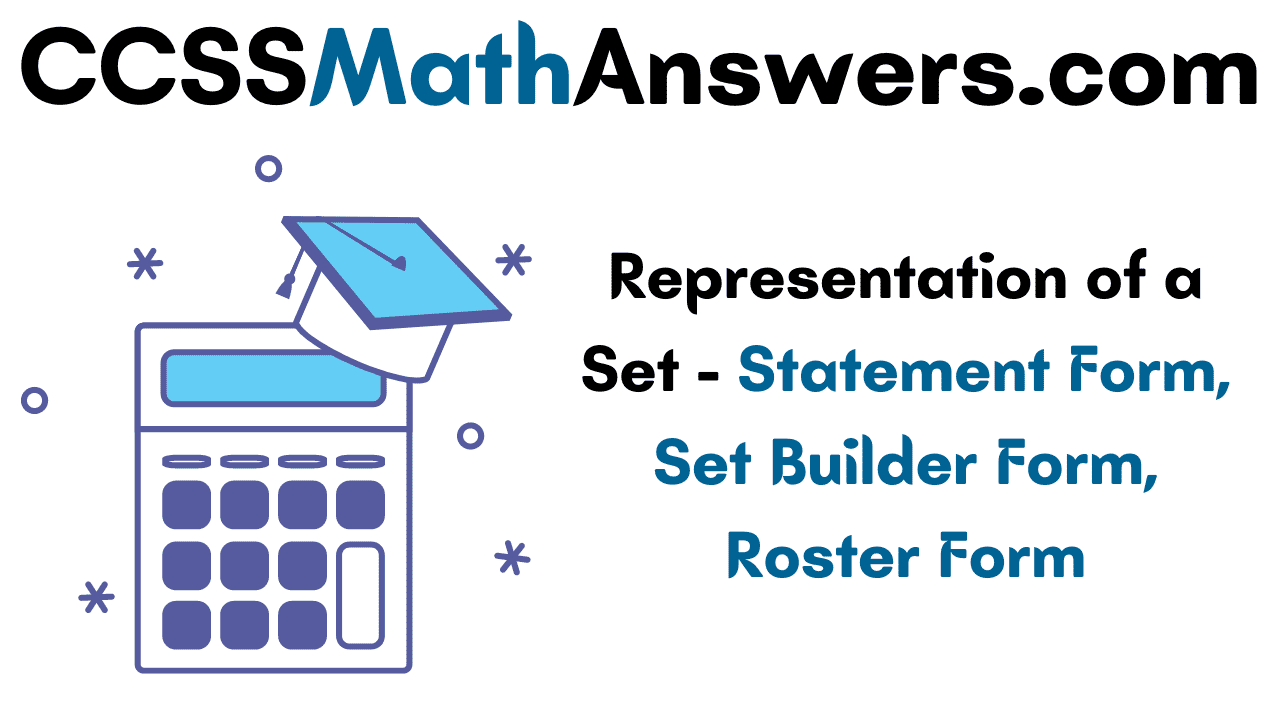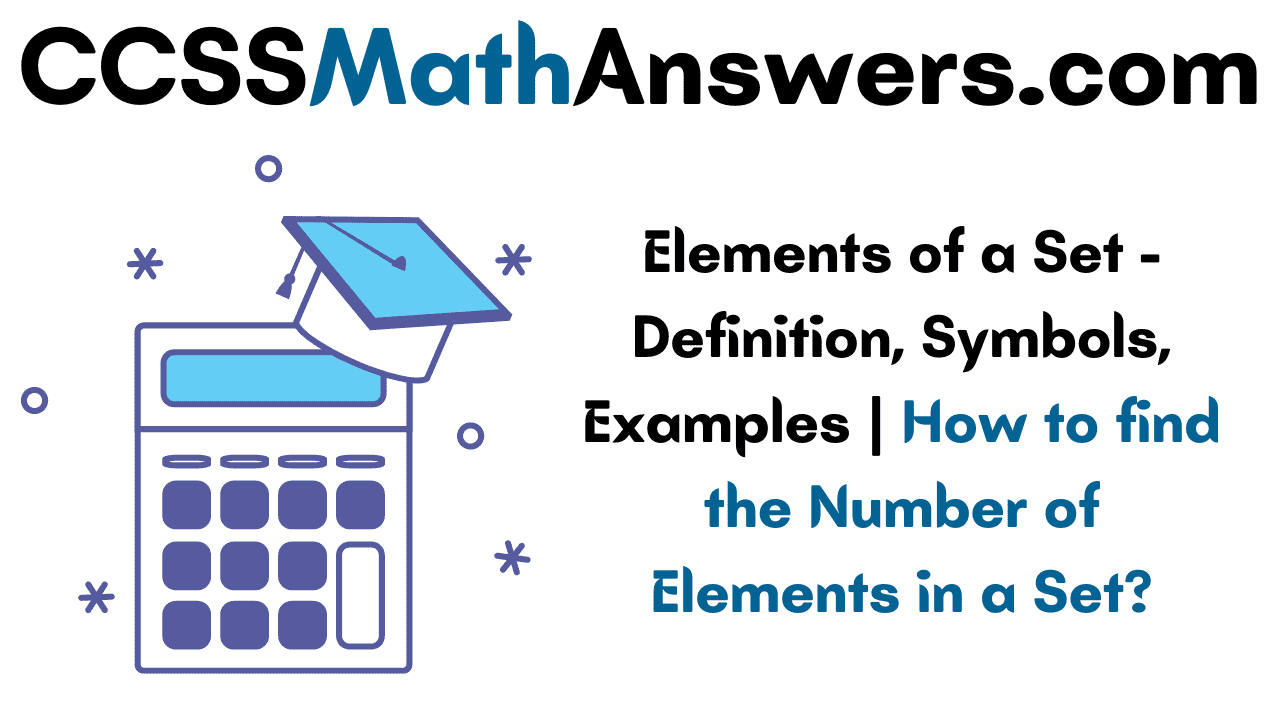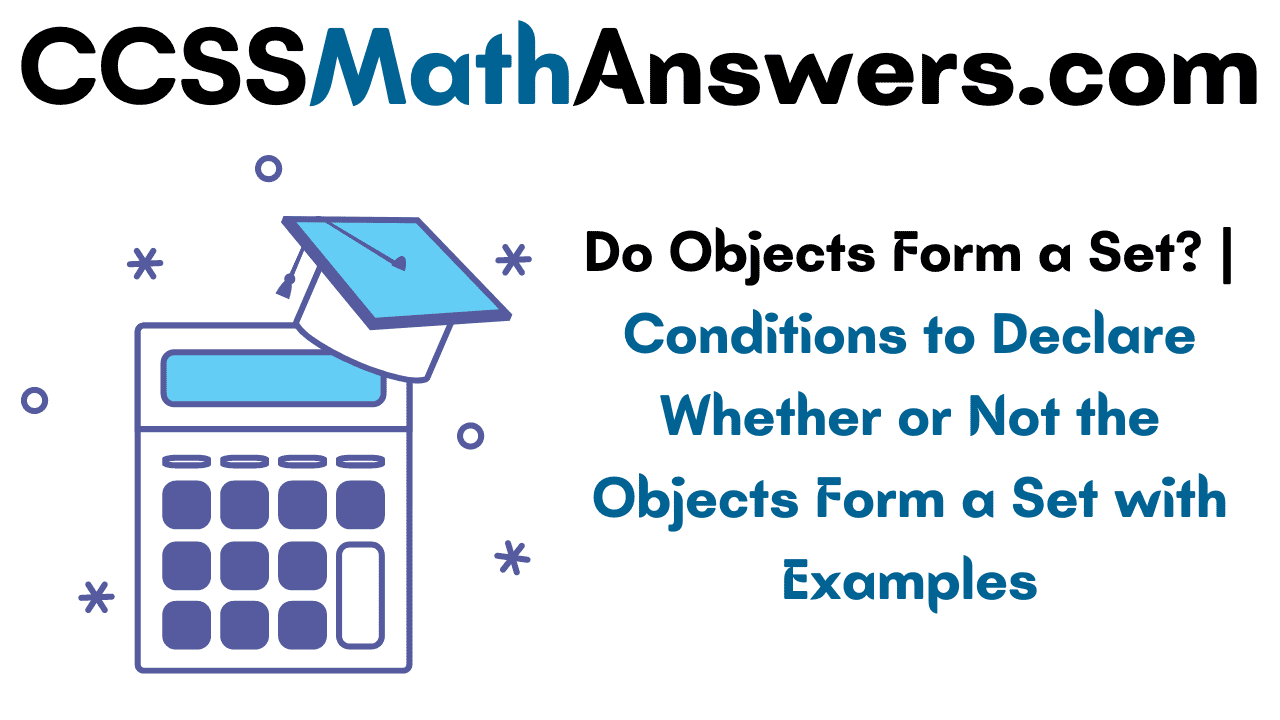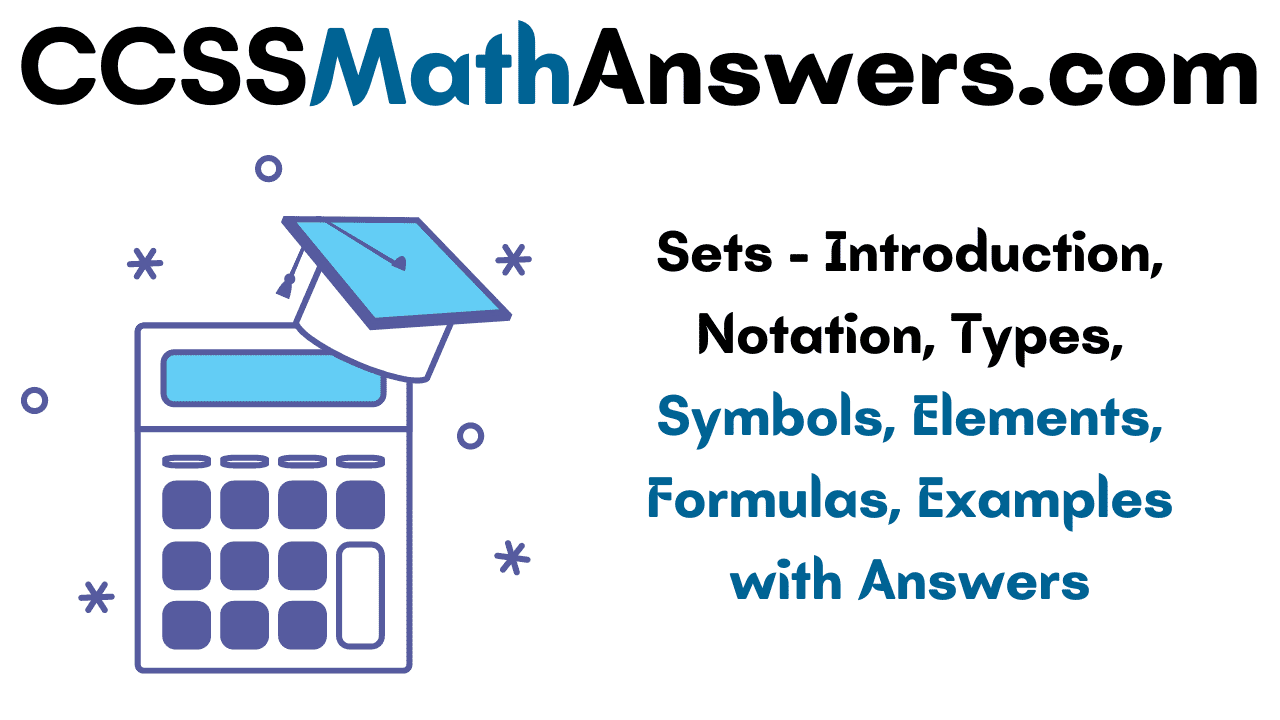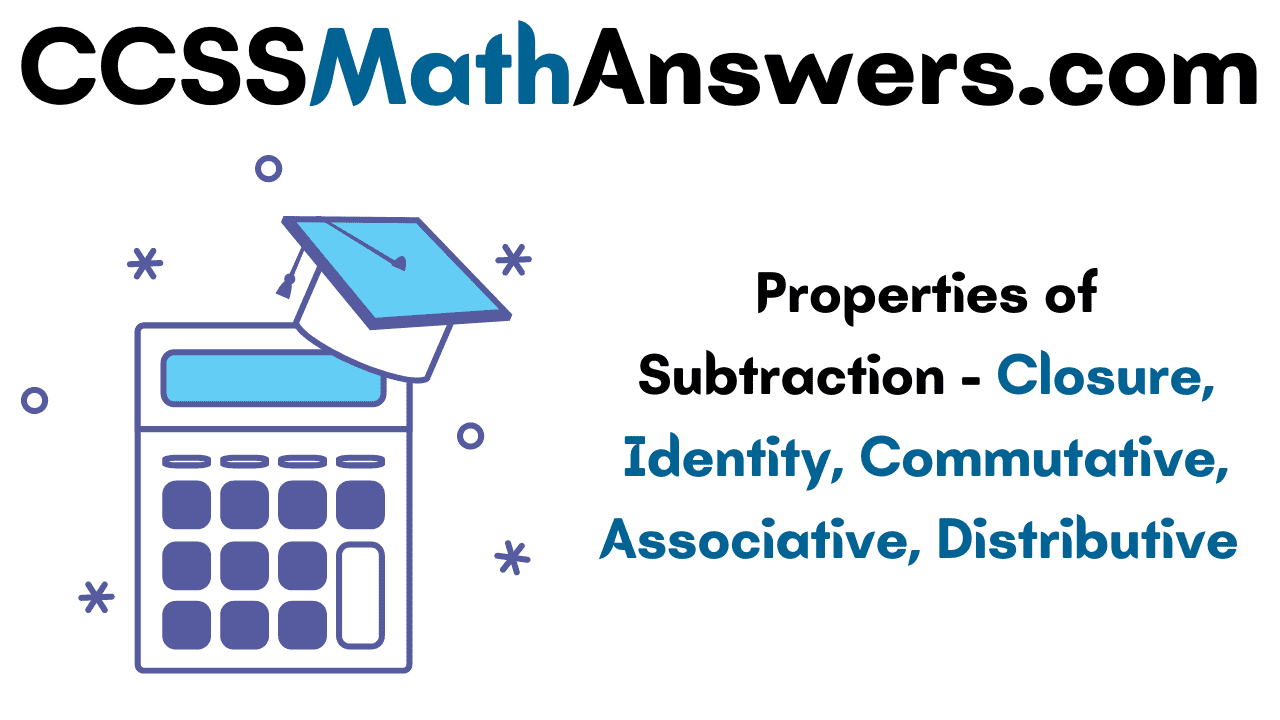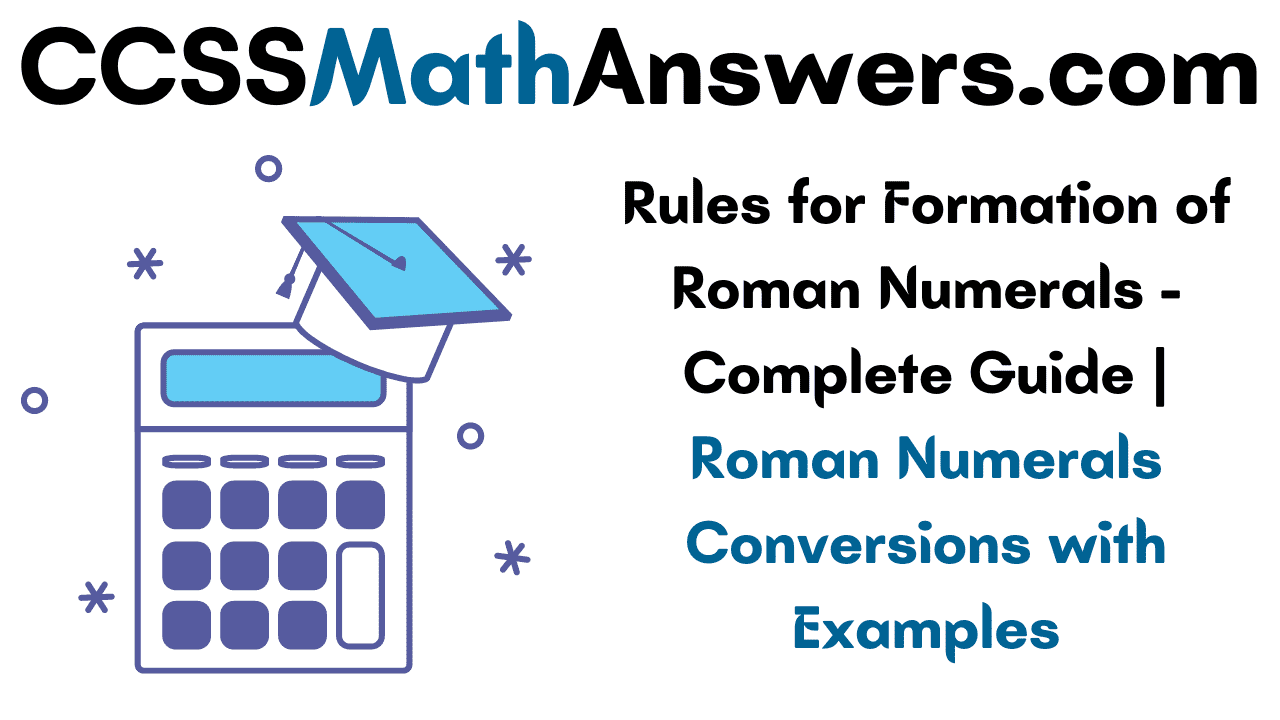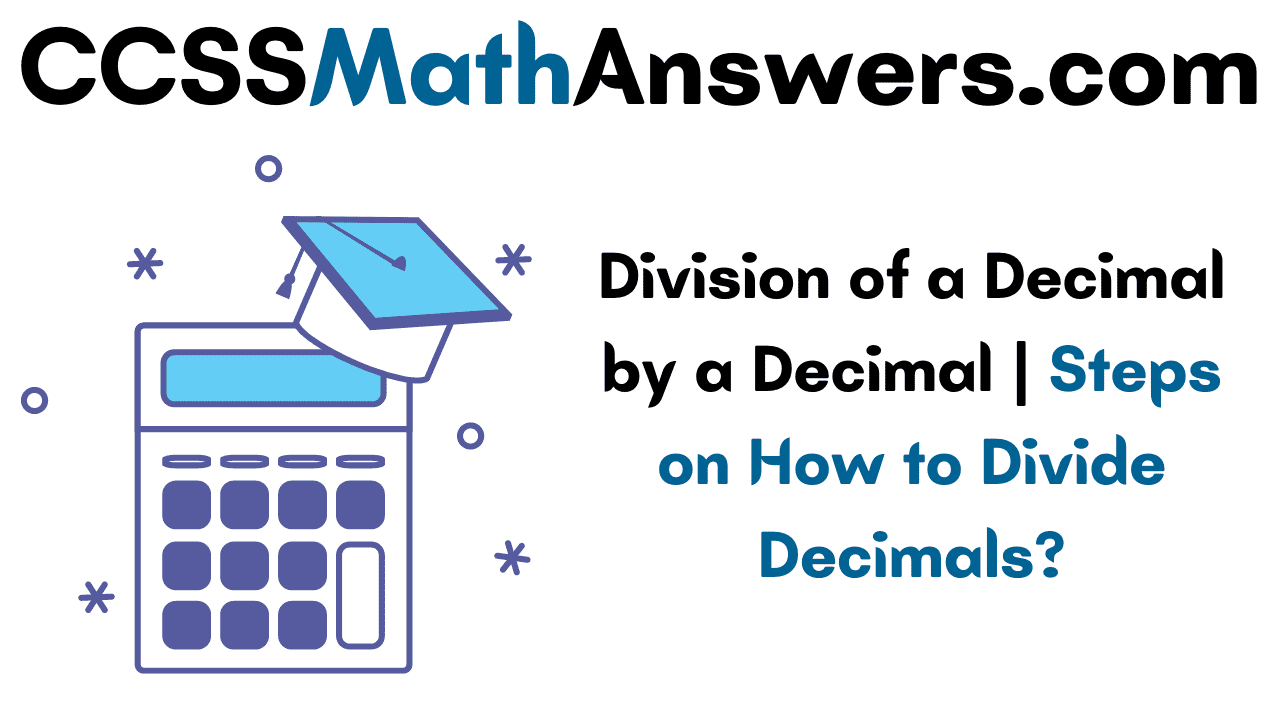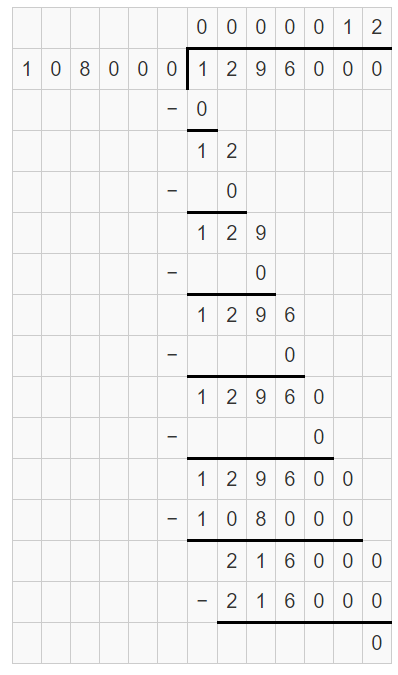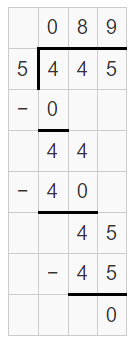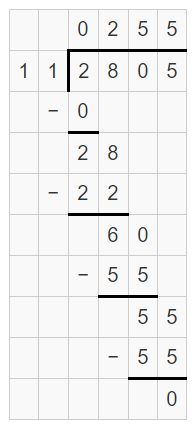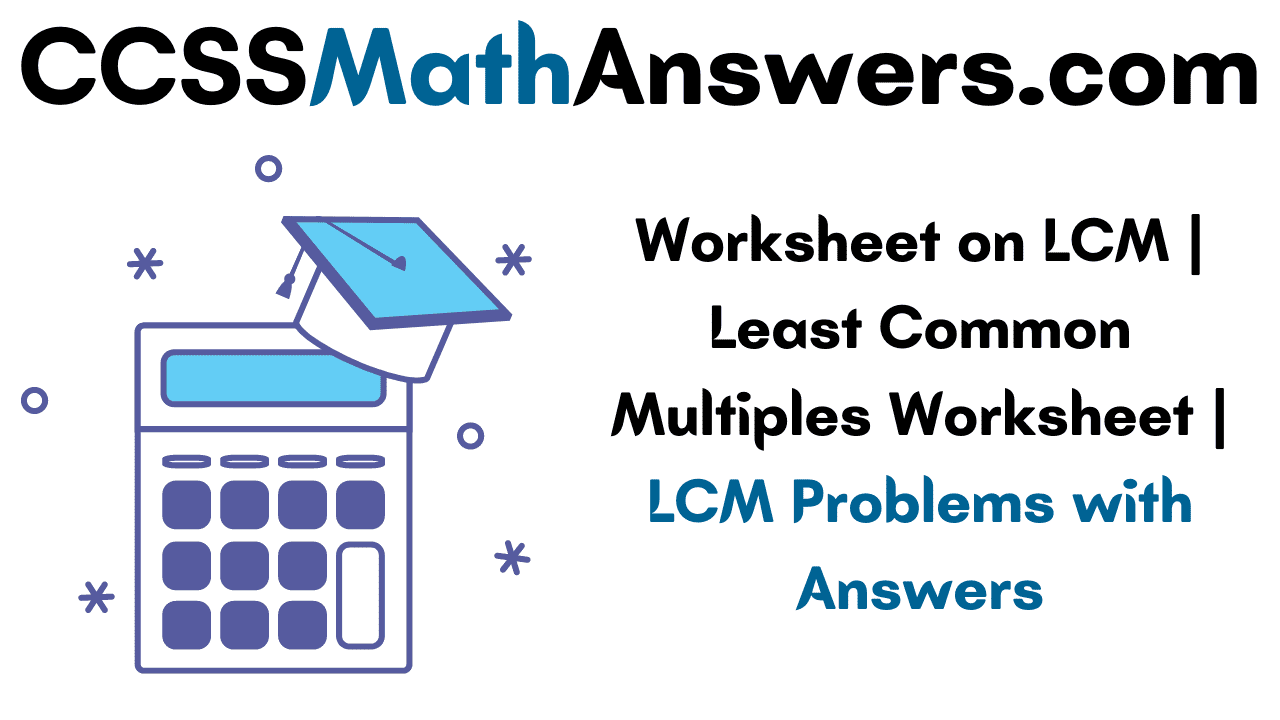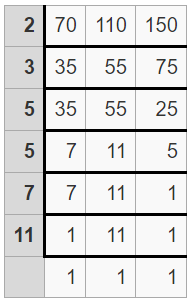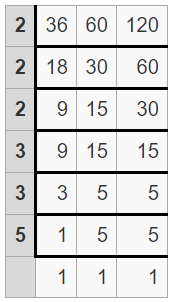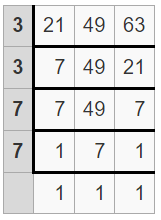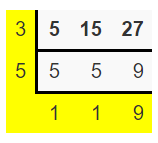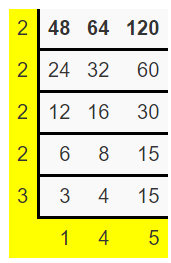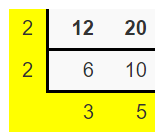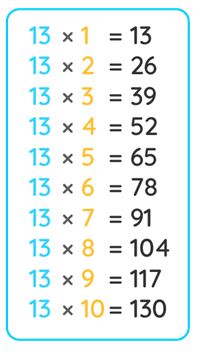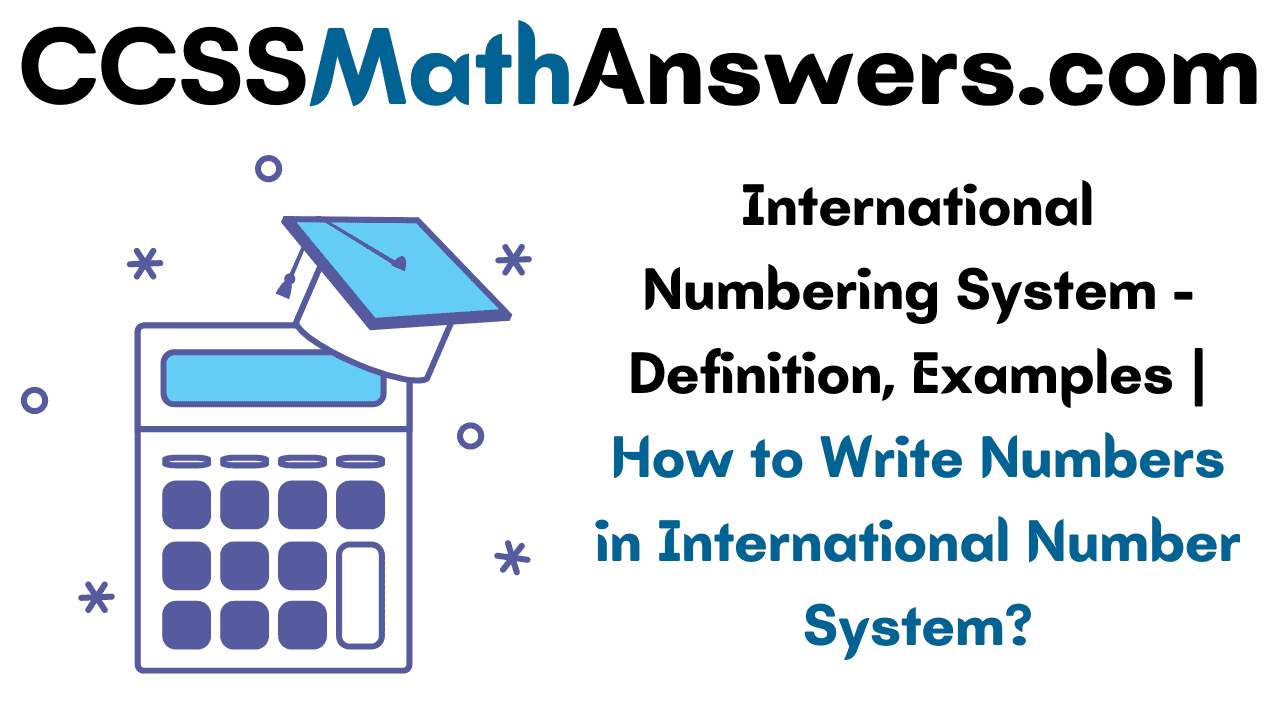Standard Sets of Numbers mean the set of common numbers. As we all know, a set is a collection of well-defined objects. Those well-defined objects can be all numbers also. Based on the elements present in the set, we will call them with some names. Let us check the following sections to know the generally used standard common number sets with examples. Students can also clear their doubts by reading the frequently asked questions section.
Standard Sets of Numbers
There are several standard sets of common numbers. We can represent those standard sets of numbers using three different forms names statement form, roster form, and set-builder form. All these sets are infinite sets, so it will extend infinitely and has no end number. We have represented all these sets in all three forms with definitions and examples.
1. Natural Numbers:
Natural Numbers are the numbers starting from 1 counting upward.
The set of natural numbers are N = {1, 2, 3, 4, 5, 6, 7, . . . }
The statement form is the set of natural numbers.
The set builder form is { x: x is a counting number starting from 1 }
2. Whole Numbers:
The whole numbers are the natural numbers including 0. It will start from 0.
The set of whole numbers are W = {0, 1, 2, 3, 4, 5, 6, . . .}
The statement form is the set of natural numbers including zero.
The set builder form is { x: x is zero and all-natural numbers }
3. Integers:
integers are the set of whole numbers along with the negative numbers means opposite to the natural numbers.
The set of integers are Z or I = { . . . -4, -3, -2, -1, 0, 1, 2, 3, 4, 5, . . . }
The statement form is the set natural numbers, zero, and negative natural numbers.
The set builder form is Z = { x: x ∈ I}
4. Real Numbers:
Real numbers are also called measuring numbers. It includes all numbers and which can be written as decimals. It can include fractions and irrational numbers in the form of decimals.
The set of real numbers are R = {0.5, 0.25, 0.6, 0.07, 0.8}
The set builder form is { x: x is a decimal}
The statement form is the set of decimals.
5. Rational Numbers:
The rational numbers are the fractional numbers. The numerator and denominator of the fractions are integers. The numerator can be zero but the denominator cannot be 0.
The set of rational numbers are R = {\(\frac { 1 }{ 2 } \), \(\frac { -4 }{ 5 } \), \(\frac { 5 }{ 8 } \)}
The statement form is the set of fractions.
The set builder form is { x: x is a fraction }
6. Even Numbers:
Even numbers are the numbers that are divisible by 2.
The statement form of even numbers is the set of numbers divisible by 2.
The roster form is E = {2, 4, 6, 8, 10, 12, 14, 16, 18, 20, . . . }
The set builder form is { x : x is a even number}
7. Odd Numbers:
Odd numbers are the numbers that are not divisible by 2.
The set builder form of odd numbers is { x: x is a number that is not divisible by 2 }
The roster form is O = {1, 3, 5, 7, 9, 11, 13, 15, . . . . }
The statement form is “the set of numbers which are not even”.
8. Prime Numbers:
Prime numbers are the positive integers that have only two factors 1 and that integer itself.
The statement form of the prime numbers is “set of numbers has two factors 1 and the same integer”
The set builder form is P = { x: x is a positive integer has only two factors }
The roster form is P = {1, 2, 3, 5, 7, 11, 13, . . . }
9. Complex Numbers:
Complex numbers are the numbers that can be expressed in the form of a + bi. Here ‘i’ is the imaginary unit.
The statement form is “set of numbers in the form of a + bi”
The roster form is C = {1 +2i, 3 + 4i, 5 + 4i, . . . }
The set builder form is C = { x : x is a number in the form of a + bi }
10. Imaginary Numbers:
The imaginary numbers are the numbers which have square root or imaginary unit.
The statement form is “the set of numbers having either square root or imaginary unit”.
The set builder form is I = {x: x is an imaginary number}
The roster form is I = {√5, 3i, √6, √8, √15, . . . }
Also, Read:
FAQs on Standard Sets of Numbers
1. What are the sets of numbers?
The different sets of numbers are natural numbers, whole numbers, integers, real numbers, rational numbers, irrational numbers, even numbers, odd numbers, complex numbers, imaginary numbers, and prime numbers.
2. What are the 3 ways to describe a set?
The 3 different ways to represent a set are statement form, set builder form, and roster form. The last 2 forms use curly braces. The roster form lists all the set elements. The set builder form uses a property and statement form that describes the set verbally.
3. What are the 4 operations of sets?
The four operations of sets are union, intersection, set difference, the complement of a set, and cartesian product.
4. What are sets and their types?
Set is a collection of well-defined objects. The various types of sets are finite set, infinite set, empty set, singleton set, equal sets, equivalent sets, subset, superset, disjoint sets, proper subset, and universal set.
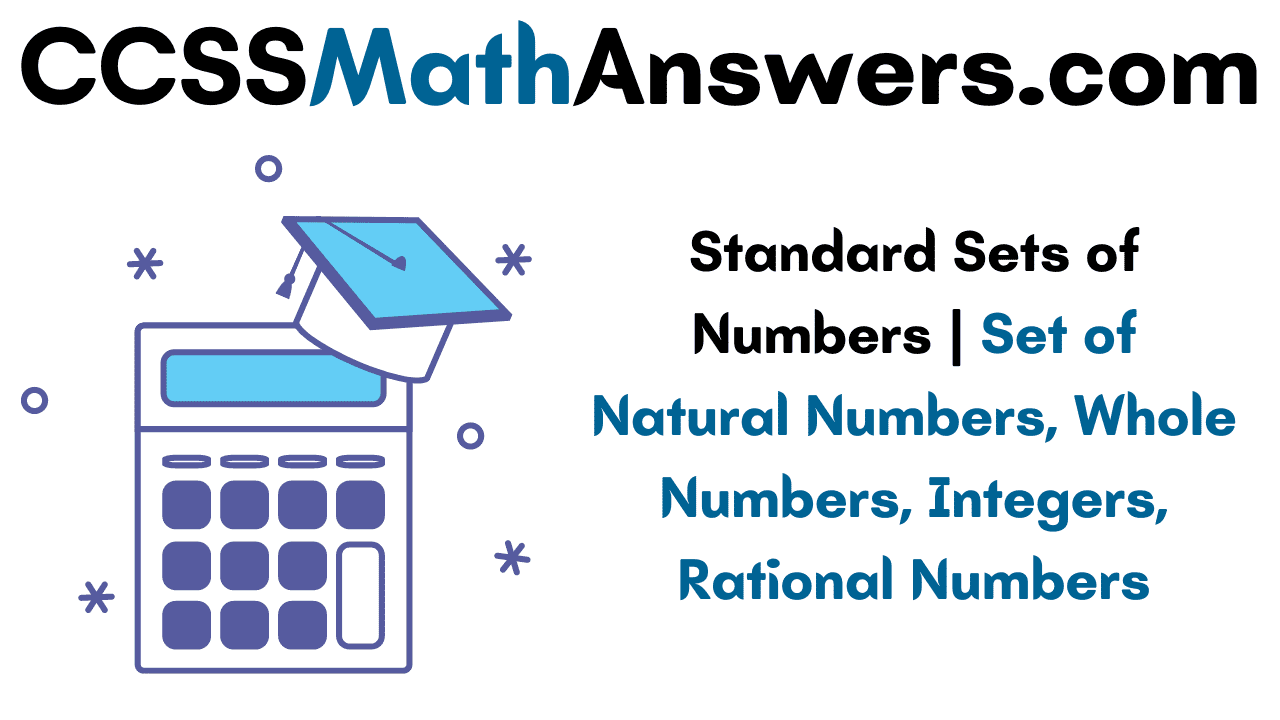
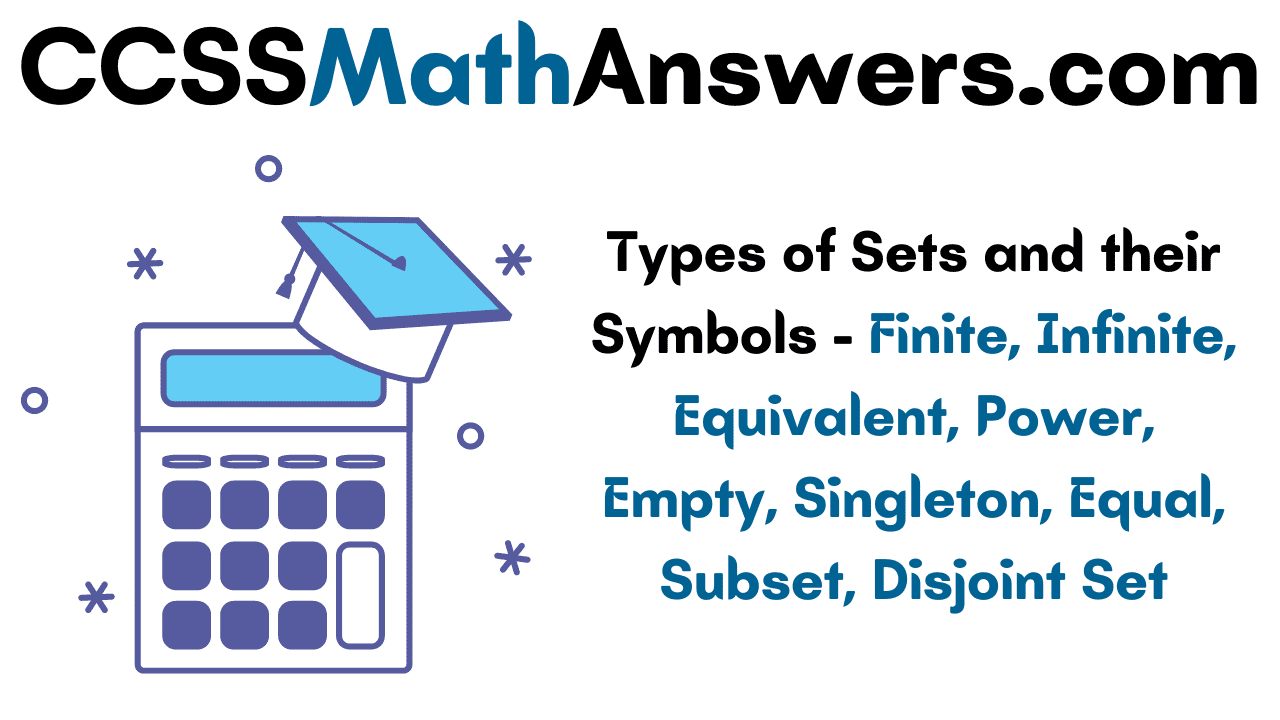
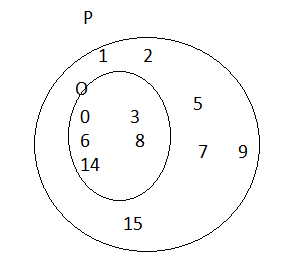
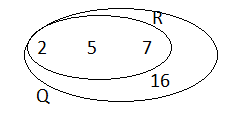

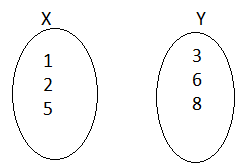

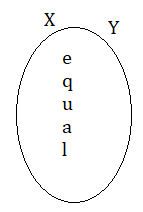
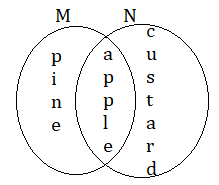
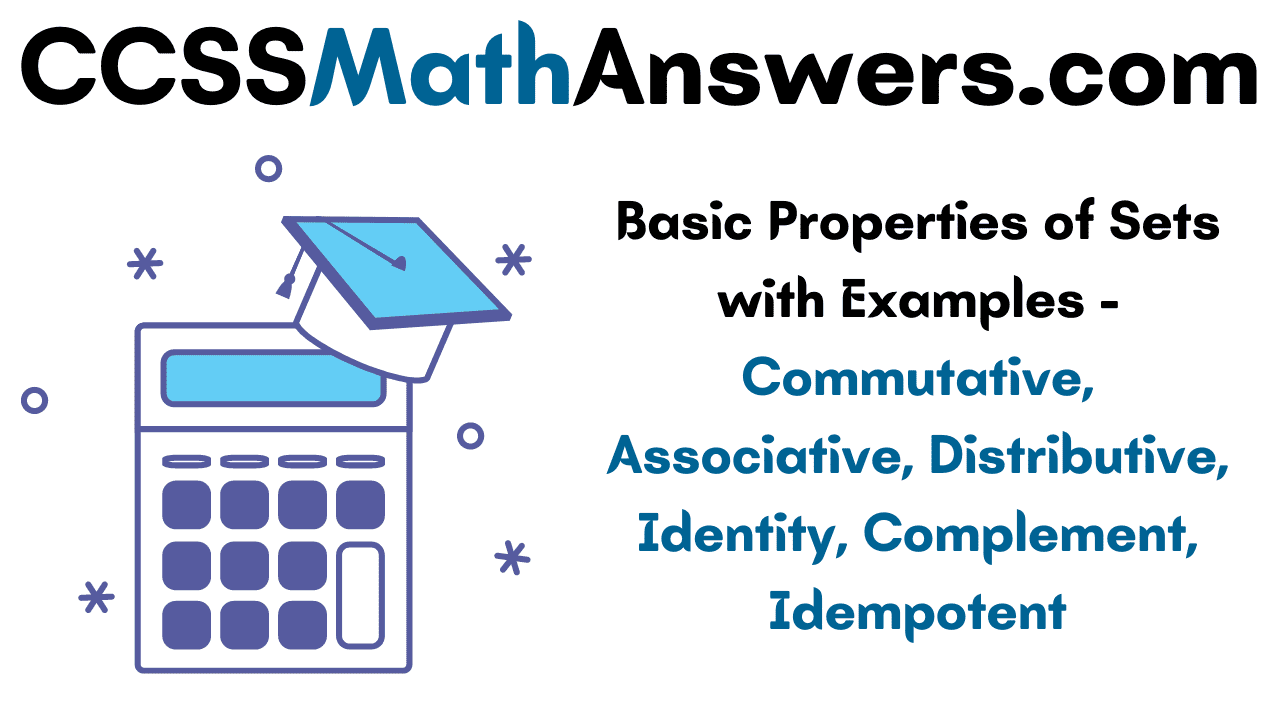
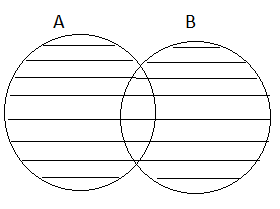 =
= 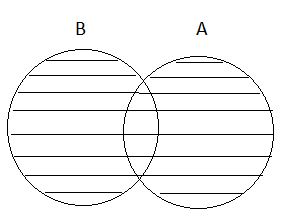
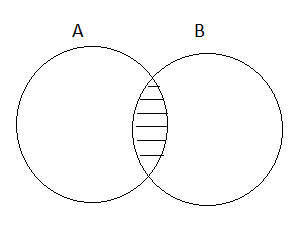 =
= 